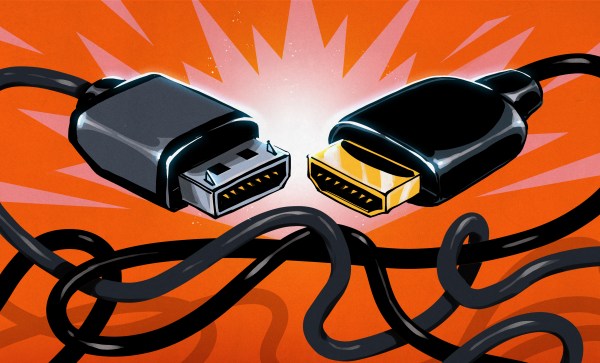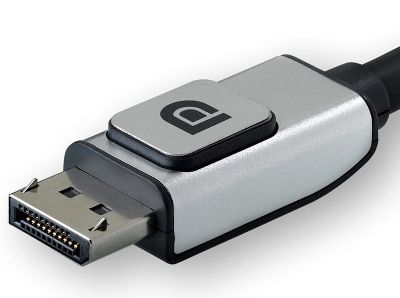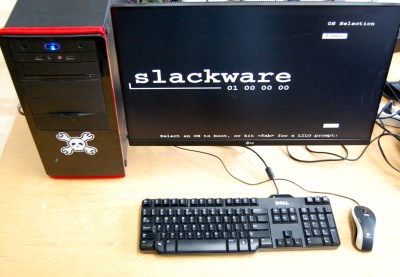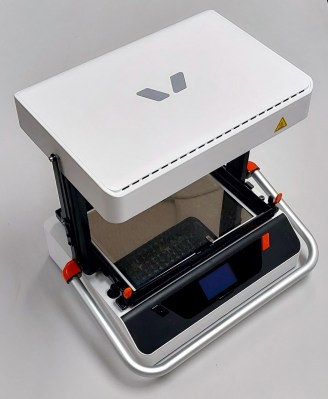Steam generators in thermal (steam-cycle) power plants require a constant influx of cool water to maximize the transfer of thermal energy. How this water is cooled again in the condensor after much of the steam’s thermal energy has been spent in the steam turbines or heat exchangers is a very important consideration in the design and construction of these plants. The most obvious and straightforward system is direct “once-through” cooling, where the water is drawn straight from a nearby river or other body of water and released after passing through the condenser. This type of system is by far the cheapest, but is also impacted by both the seasons and environmental considerations.
Where cool surface water is less abundantly available, evaporative cooling in a recirculating system such as with spray ponds and cooling towers is a good alternative. Although slightly more costly, a big benefit of these is that they require far less water and have much more control over the intake water temperature, which can raise plant efficiency. Finally, dry cooling is essentially a closed-loop system, which is exceedingly useful in areas where water is scarce. This latter type of cooling is what allows thermal plants to operate even in desert regions.
As the global climate changes – with more extreme weather events – picking the right cooling solution is more important than ever, and has us looking at retrofitting existing thermal plants with more efficient solutions. If you were ever curious how power plants keep the cool side cool, read on!
Continue reading “Keeping Thermal Plants Cool Without Breaking The Cooling Water Budget”




















